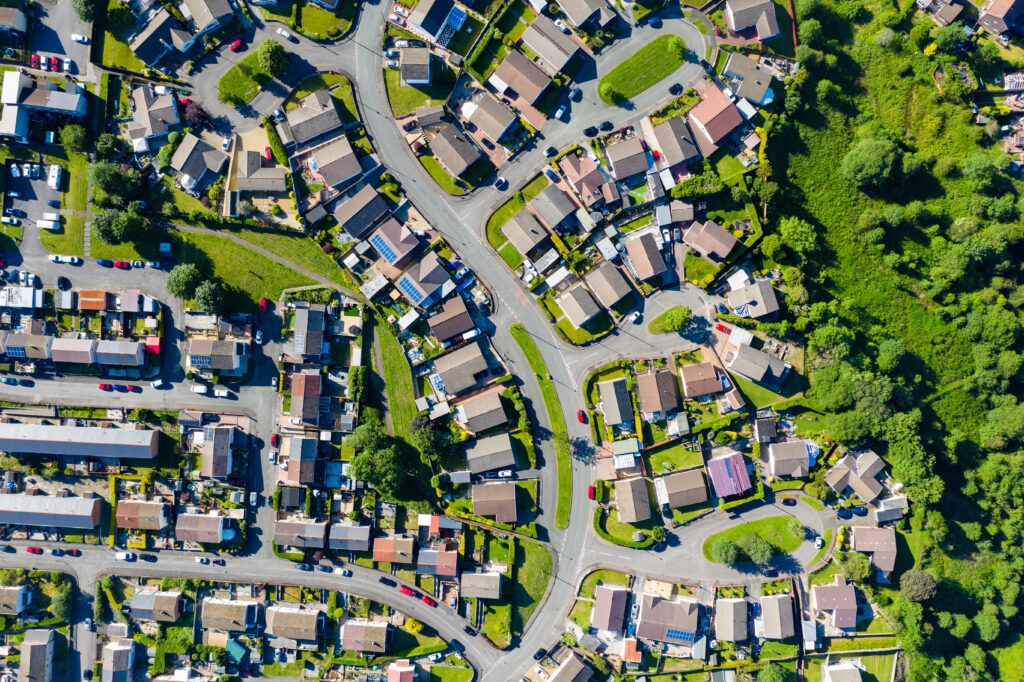Our Homes for Healthy Ageing initiative responded to the urgent need to accelerate home-centred thinking around getting older. The UK Government’s Grand Challenge Policy includes adding five more years of healthy, independent living for us all by 2035. How should the housing sector respond?
Creating Homes and Places for An Ageing Population
As our population ages, we recognise that homes must do better at supporting healthy longevity. The UK asks residents to live in the oldest houses in Europe. Shockingly, 91% of new homes are also not accessible to those with health or mobility needs. It is clear change is needed, but what direction should we take?

Improving Health and Wellbeing Through The Home
UK Government policy states, as a minimum, all homes should
- be warm and affordable to heat
- be free from hazards, safe from harm and promotes a sense of security
- support movement around the home and be accessible to visitors
- allow support from others if needed
Location is often the main driver when it comes to choosing a home. As we age, however, our needs change. Schools, for example, will feature less in our thinking. We may no longer need to commute to work. In general, we are more likely to be influenced by family, amenities, outdoor spaces, mobility issues, and access to healthcare in later life.
Those with health needs also have the right to emotional support and a sense of community where they live. Future housing will, perhaps, need to consider co-living to address the feelings of isolation and loneliness that can come with old age. Moving, however, is often not always desirable. In fact, 80% of today’s over-sixty-fives have no plans to move home according to a recent survey. Many will accept a home that is less suited to their needs in exchange for staying put.
Retrofitting Homes For The Future.
We can’t count on new buildings to support an ageing population. Retrofitting health and wellbeing technology is only going to increase in importance as the number of elderly residents grows. Examples include personal alarms, health monitoring equipment, memory aids, and automated furniture and fixtures. These will help homes and places unlock a healthier future.
This is why Connected Places Catapult is seeking to accelerate innovation and the adoption of care solutions. We connect UK organisations with funding, testing and research opportunities to accelerate innovation for our homes.














